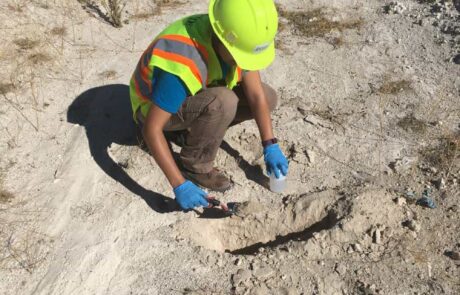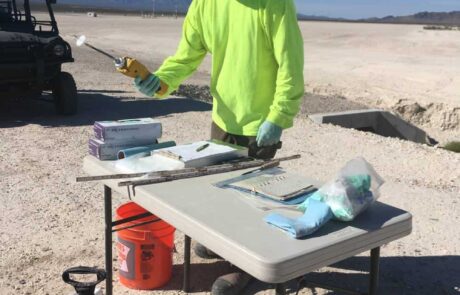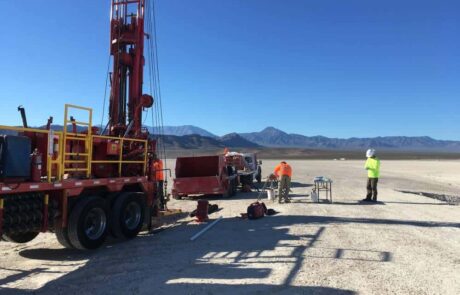Site Inspections for PFASs at USAF Installations in EPA Regions 6 and 9
Performed site inspections at 117 sites across seven active US Air Force installations to characterize soil and groundwater contamination by per- and polyfluoroalkyl substances (PFASs) using specialized clean sampling techniques and low part per trillion (ppt) reporting limits. Investigated sites for suspected PFAS release from past use of aqueous film-forming foam (AFFF) include fire training areas; aircraft maintenance hangars, including oil/water separators; AFFF lagoons and ponds; fire stations; storm water outfalls; aircraft crash sites where AFFF was used for fire suppression; and firefighting equipment testing and maintenance facilities. Facilities include Environmental Restoration Program (ERP) and non-ERP sites. Sample media include surface and subsurface soil, groundwater, surface water, and sediment.
Conducted records searches and site visits to ground-truth preliminary assessments generated by others, preparing recommendations to the Air Force on the rational for specific locations and sites that should be investigated, developing all required USACE work plans and documentation deliverables, and field investigations.
Project highlights include:
- Performed site inspections at Altus AFB, Creech AFB, Edwards AFB, JBSA-Lackland, Kirtland AFB, Tinker AFB, and Travis AFB.
- Installed 354 temporary monitoring wells
- Worked closely with the Air Force in meeting with the regulatory community to obtain buy-in and approval of work plans
- Developed and implemented specialized, rigorous sampling techniques required for PFAS investigations to avoid sample contamination
- Established relationships with DoD ELAP-accredited laboratories that specialize in PFAS analysis
- Analyzed soil, sediment, groundwater, and surface water samples using EPA Method 537 to deliver reporting limits in the low parts per trillion levels



